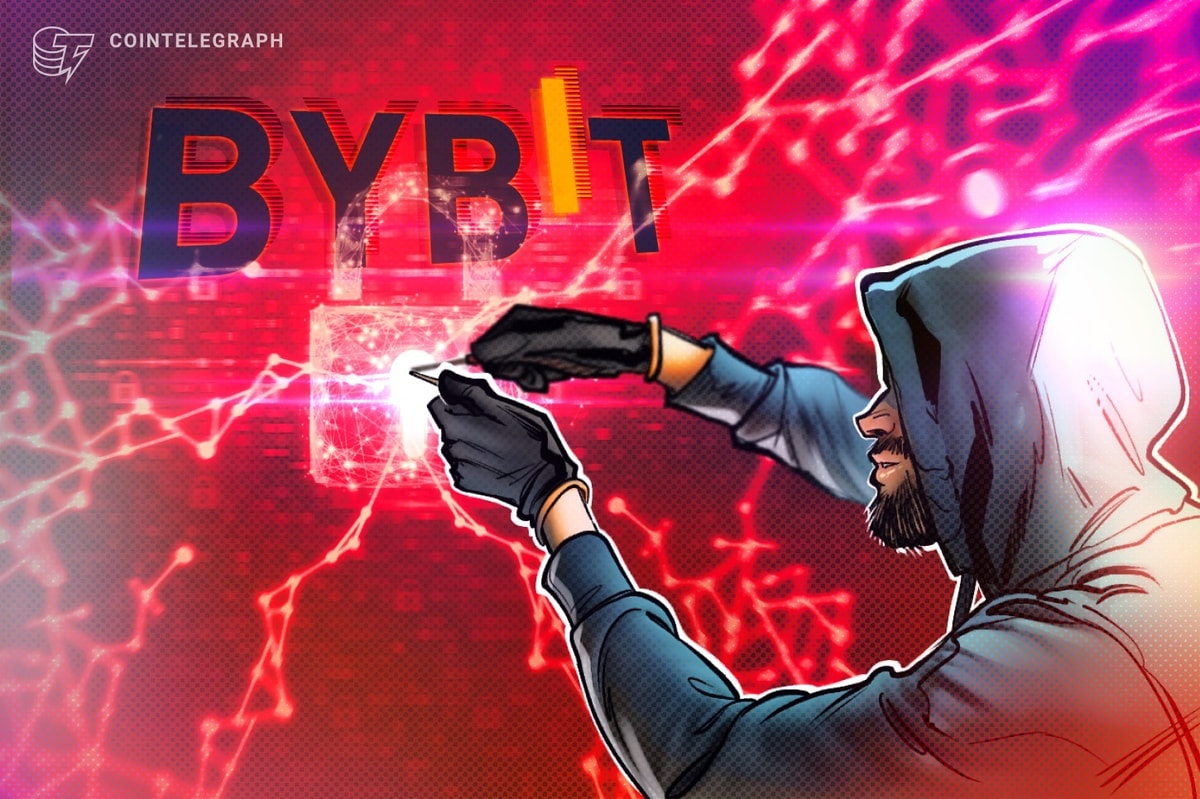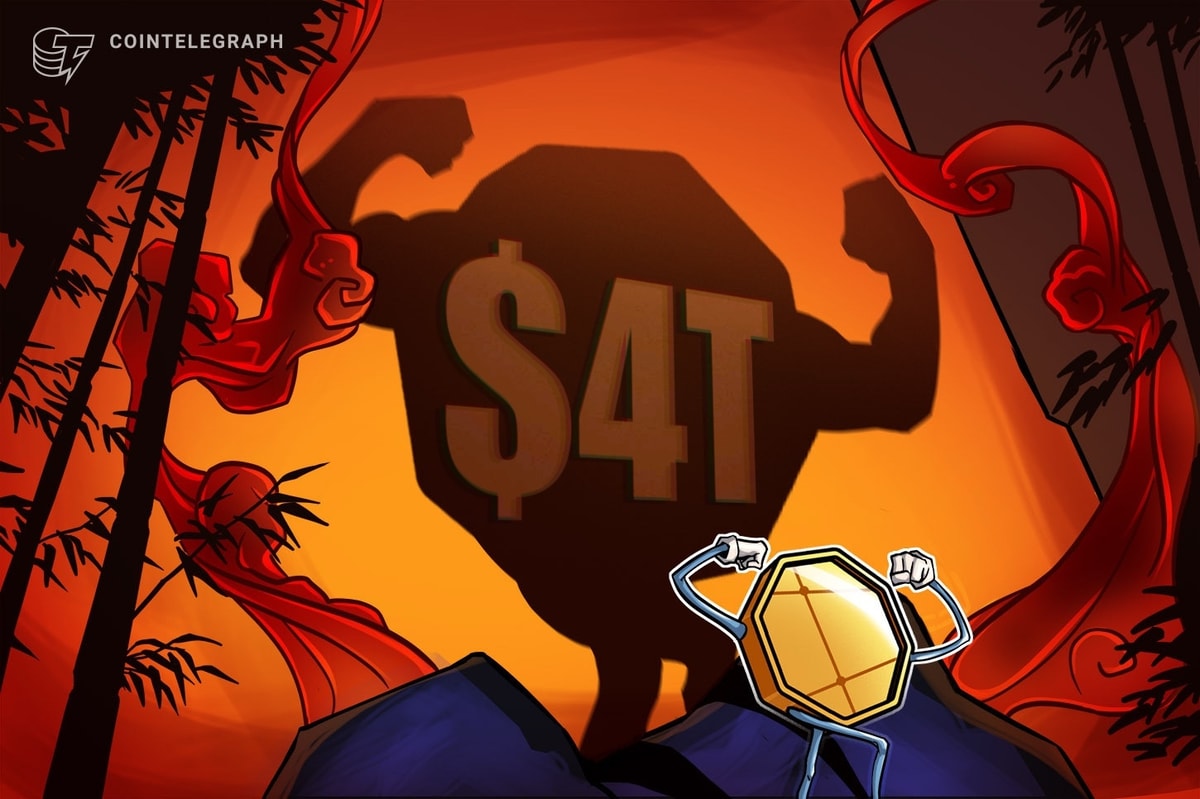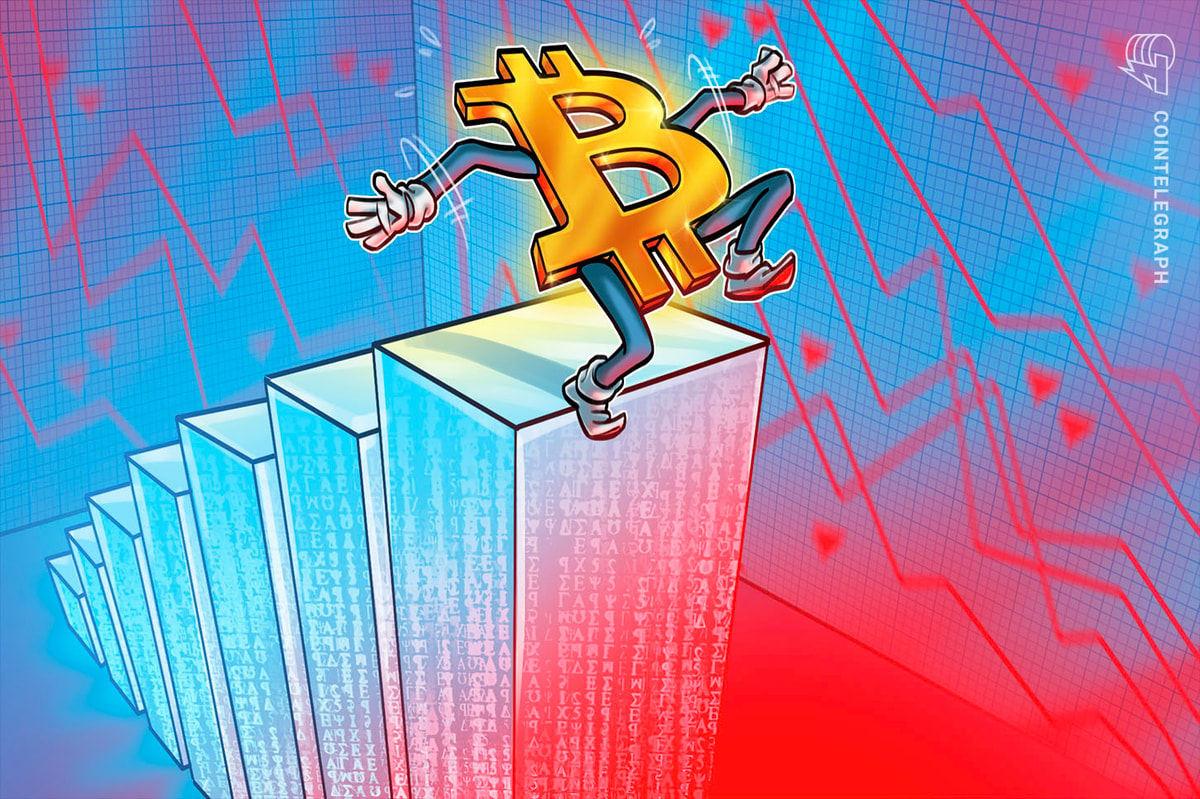Unraveling the Bybit Hack: A Simple Explanation
Imagine this: a huge cryptocurrency exchange called Bybit lost about $1.4 billion in digital money because of a clever hack. This made a big splash in the crypto world and got everyone thinking about security. Let’s break down this sneaky attack and learn from it.
The Attack in Action
The hack was done by a group called Lazarus, who are known for tricking people into helping them hack things[1][2]. They started by getting into a developer’s computer at Safe Wallet, a popular place to store digital money[3][4]. Then, they added some bad code to Safe Wallet’s system on Amazon Web Services (AWS). This code only worked when Bybit tried to move money, so it didn’t get noticed by regular users[1][3].
When the code was activated, it changed the details of the money move, giving the hackers control of Bybit’s wallet. They then moved $1.4 billion worth of Ether and staked Ether tokens out of Bybit’s wallet[1][4]. And get this, they even removed the bad code just two minutes after the money move, so no one would know what happened[1][3].
Tricking People is Key
This hack shows how important it is to be careful with people trying to trick you. The hackers likely used phishing to get into the Safe Wallet developer’s computer, which means they tricked someone into helping them[2][5]. This shows that we need to be careful not just with our computers, but also with the people we trust.
How to Stay Safe in the Future
To stop this from happening again, we can do a few things:
- Check Money Moves Carefully: We should check money moves independently to make sure they’re not being changed[2][4].
- Keep Our Systems Safe: We should regularly check and update our systems to make sure no one can get in without permission[3][5].
- Teach People About Tricks**: We should teach people about the tricks hackers use so they don’t fall for them[2][5].
A Call to Action
Summary and Thoughts: The Bybit hack shows us that we need to be really careful with our digital money. We need to have strong security, both for our computers and for the people we trust. As the crypto world grows, we need to make sure we’re doing everything we can to keep our money safe.
The hack also shows us that hackers are getting smarter and using new tricks. We need to understand these tricks and be ready to stop them. If we do, we can make the crypto world a safer place.
Sources:









